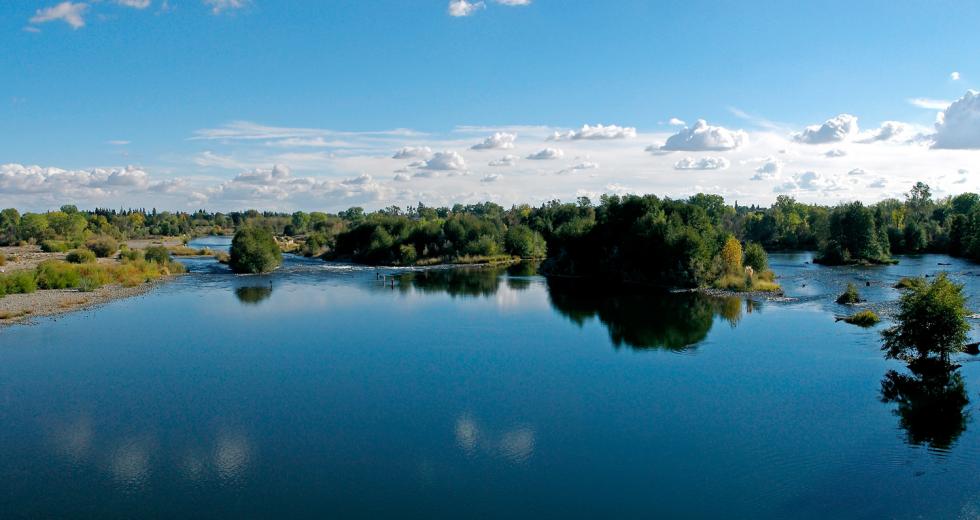If you are anything like me, you need at least a few minutes each day to escape the hectic pace of life. We all need a space where we can clear those mental cobwebs, take a deep breath and get away from the distraction of ringing phones or the line of people standing outside our office door.
For me, that place is the American River Parkway, Sacramento’s biggest park that stretches for 23 miles from downtown Sacramento to the Nimbus Dam at Hazel Avenue. Fortunately, the parkway is just a few walking-minutes from my home, and once there, I am transported to a peaceful forest in the middle of an urban hubbub. It’s a place where you can get lost in thought or in nature.
We can be grateful for the vision of civic leaders who recognized the value of preserving land on both sides of the American River more than 50 years ago. In fact, the first bike path along the river, stretching from 31st and J streets in Sacramento to Folsom, was constructed in 1896. Eventually, it was reclaimed by nature.
The first land to create the parkway was purchased in 1949. In 1961, Sacramento County adopted the Master Plan for the parkway as we know it now. Building out that plan took decades as it covers 4,800 acres with a modern bike trail, nine major parks, picnic areas and a nature center.
I’m on the American River Parkway most mornings, walking, picking up miscellaneous trash and taking in the peaceful scene. In some places, I may be steps away from bicycle and jogging traffic, and yet I’m completely unaware of it. Instead, I’m engrossed in a world where I am a visitor to the natives who live there — herons, beavers, mallards, geese and river otters splashing on the water. I share space with deer, skunks, wild turkeys and the occasional coyote rustling through the brush. Above my head, about 100 bird species fly over the parkway.
I am definitely not alone. More than 8 million people enjoy the American River Parkway each year. I’m told by the Parkway Foundation that’s over double the number of visitors to Yosemite (3.7 million)! There are hikers, bikers, kayakers, swimmers, runners, walkers and an occasional equestrian. Families enjoy picnics, weddings, reunions and the like. Classes from 12 different Sacramento County schools learn about nature in the Campfire Outdoor Education Program at River Bend Park.
The popularity of the parkway doesn’t surprise me. A recent poll by Valley Vision shows how much people in Sacramento love the outdoors: More than half of the people surveyed ranked parks as the most important community feature they value, outranking museums and artistic events.
Maintaining the parkway is also a community-wide effort. More than 6,000 volunteers each year remove literally tons of trash, rebuild tables and benches, repaint signs, clean equestrian trails and remove non-native plants to keep the parkway as natural as possible. The Foundation shared with me that there are dozens of businesses, called “Mile Stewards,” who take on one mile each of riverfront and trail cleanup on a regular basis.
Those boots on the ground save Sacramento County about $1.6 million a year in maintenance costs.
It’s easy to appreciate the beauty and nature of the parkway. It’s just as easy to overlook its economic value. A decade ago, the economic impact of the American River Parkway was estimated at $364 million a year, including $160 million in direct recreational purchases and transient occupancy taxes from visitors. How much is the County saving on the 20,000-plus volunteer hours put in each year — salaries that don’t have to be paid?
That’s meaningful, and good economic news for a rare, forested gem that provides priceless peace of mind.



